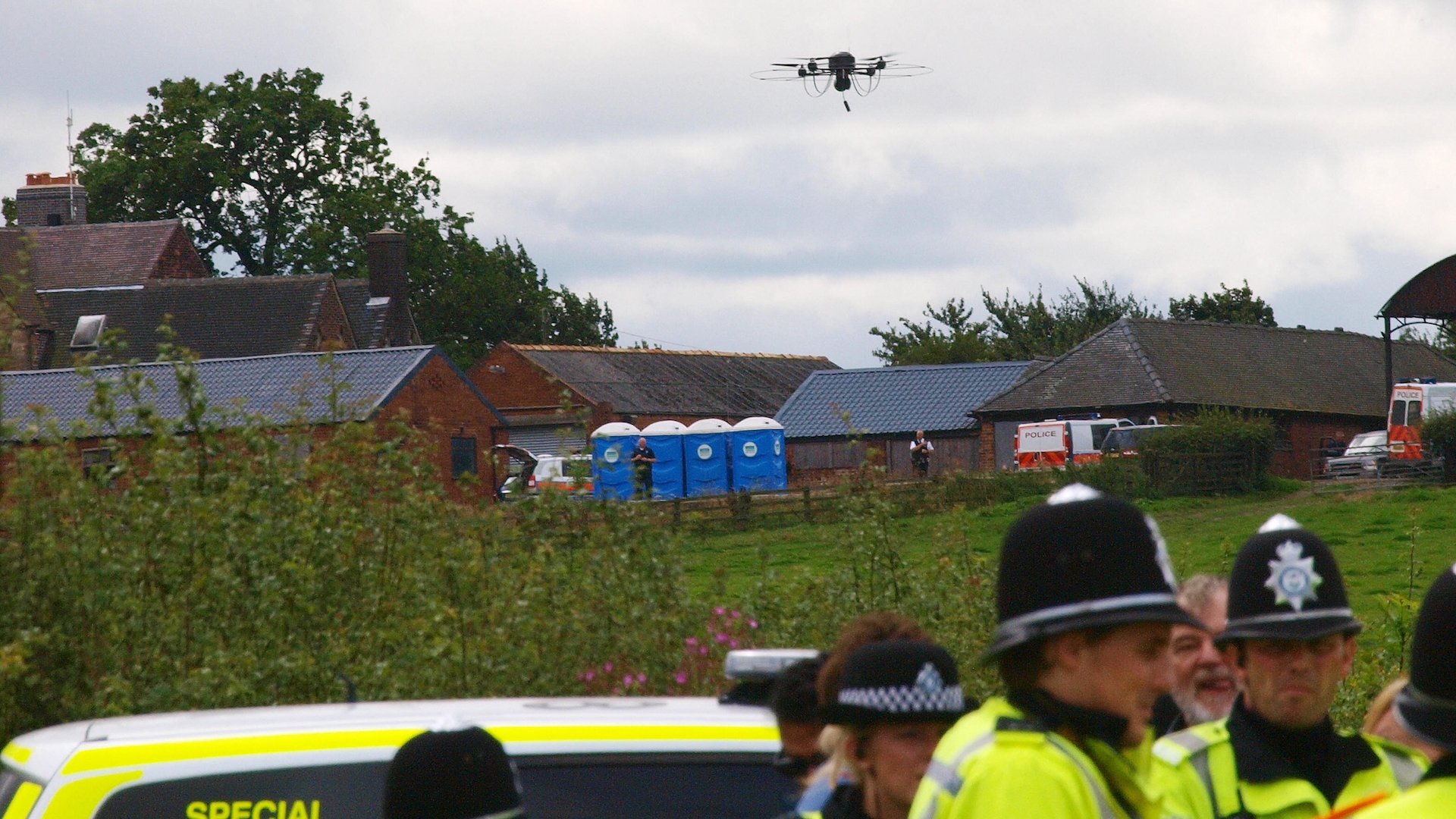

Several police departments in England have been using unmanned aerial vehicles (UAVs) to track motorcyclists riding recklessly for quite some time, and now it seems that the town of South Shields is ready to join the departments of Dorset, Cornwall, and Devon in using the airborne tool to catch criminals. According to RideApart, the three aforementioned departments had a 24-hour setup in place, that was used to cover the three counties in search of reckless and endangering bikers.
In the United States, similar implementations have been discussed, but always swatted down by the public. According to RideApart, four years ago the Seattle police department was keen on developing a drone program, but the citizenry wasn’t in agreement, inevitably shutting it down. The same thing happened in Los Angeles a short while after. In the U.K., however, the public seems to mind less, which has allowed these aforementioned programs from taking hold.
Chief superintendent Jim Nye, the commander of the Devon-Cornwall and Dorset Police Operations Alliance, believes UAVs complement police work extremely well.
“Drone capability is a cutting-edge way to support operational policing,” Nye said. “This technology offers a highly cost effective approach in supporting our officers on the ground in operational policing. Drones can even help police track and monitor suspects during a firearm or terrorist incident, as it will allow officers to gain vital information, quickly, safely, and allow us to respond effectively at the scene.”
The benefits to taxpayers and citizens of these towns do have a few good points in regards to allowing drone programs from invading their lands. Firstly, they’re far cheaper and save every single citizen from paying more taxes. Secondly, instead of having to deal with police sirens or loud helicopters chasing after suspects, there are now fairly quiet drones whizzing overhead.
According to the BBC, the U.K. drone code was revised in November of 2016 in order to maximize safety, and it reads as follows: “D – Don’t fly near airports or airfields, R – remember to stay below 120m (400ft) and at least 50m (150ft) away from people, O – observe your drone at all times, N – never fly near aircraft, and E – enjoy responsibly.”
Even though the United States seems to lag behind in these regards, there are a few hundred government agencies using drones in various capacities. These range from state police to local police, sheriffs, fire departments, mountain search and rescue teams, and more. According to RideApart, the Federal Aviation Administration (FAA) projects around 30,000 drones in operation in the next few years.